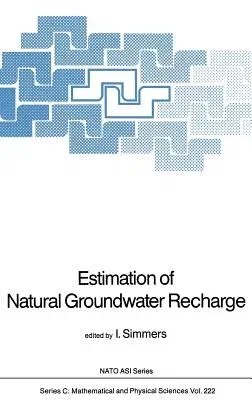Estimation of Natural Groundwater Recharge (1987)Hardcover - 1987, 31 December 1987

Qty
1
Turbo
Ships in 2 - 3 days
In Stock
Free Delivery
Cash on Delivery
15 Days
Free Returns
Secure Checkout

Part of Series
NATO Science Series C:
Part of Series
Mathematics and Its Applications. East European Series
Part of Series
NATO Science Series: U
Part of Series
NATO Science Series U
Part of Series
NATO Science Series C: (Closed)
Print Length
510 pages
Language
English
Publisher
Springer
Date Published
31 Dec 1987
ISBN-10
9027726329
ISBN-13
9789027726322
Description
Product Details
Book Edition:
1987
Book Format:
Hardcover
Country of Origin:
US
Date Published:
31 December 1987
Dimensions:
24.64 x
16 x
3.28 cm
ISBN-10:
9027726329
ISBN-13:
9789027726322
Language:
English
Location:
Dordrecht
Pages:
510
Publisher:
Series:
Weight:
920.79 gm